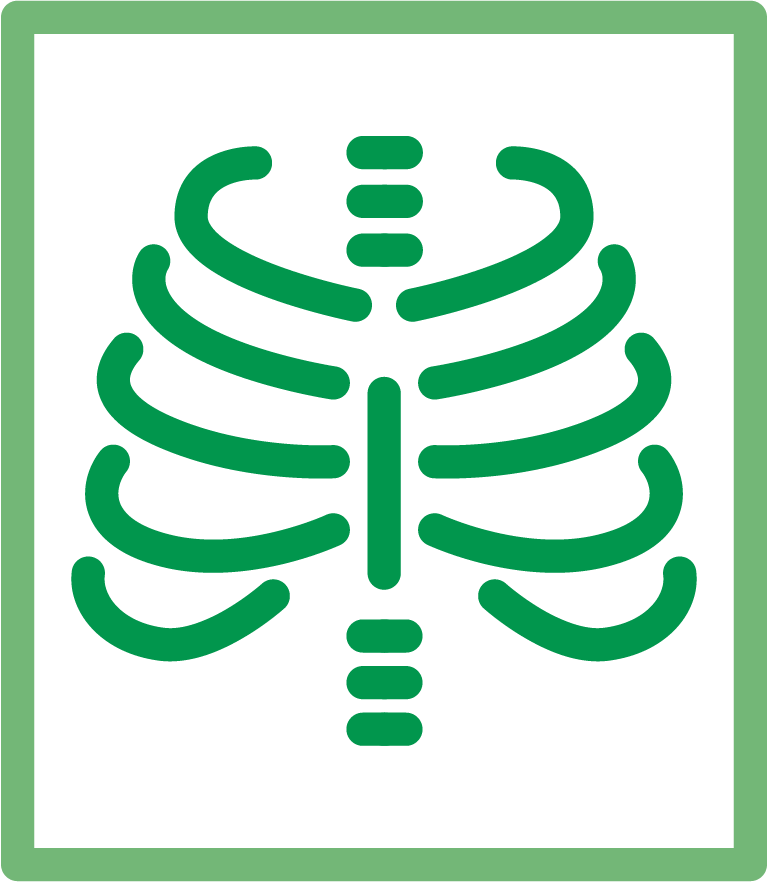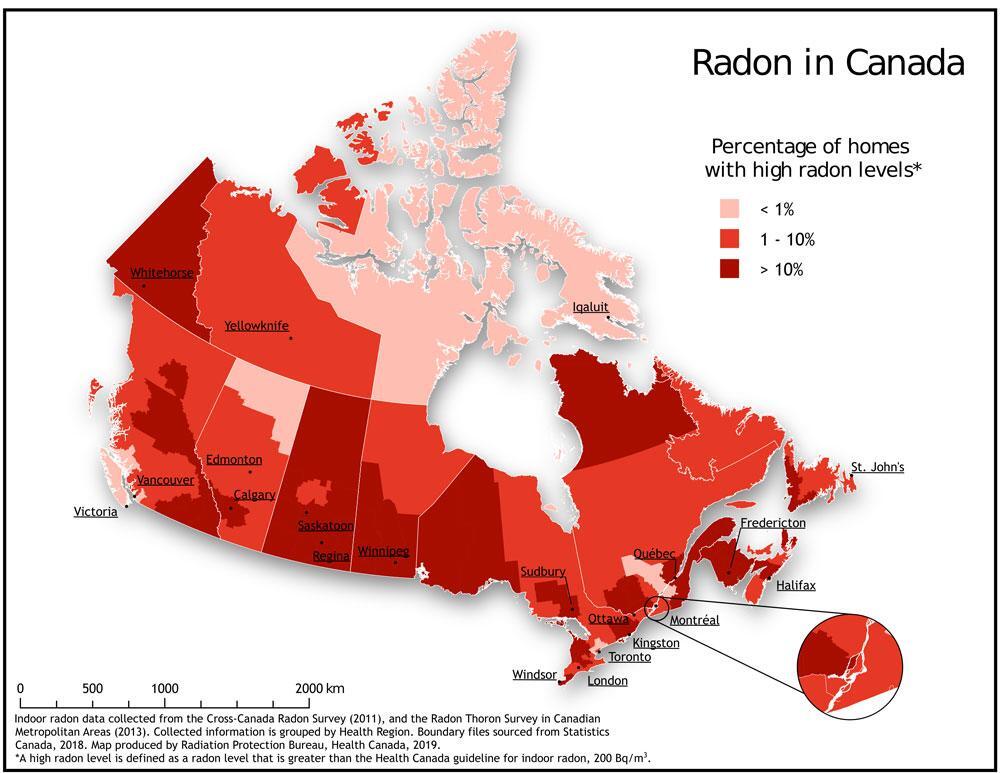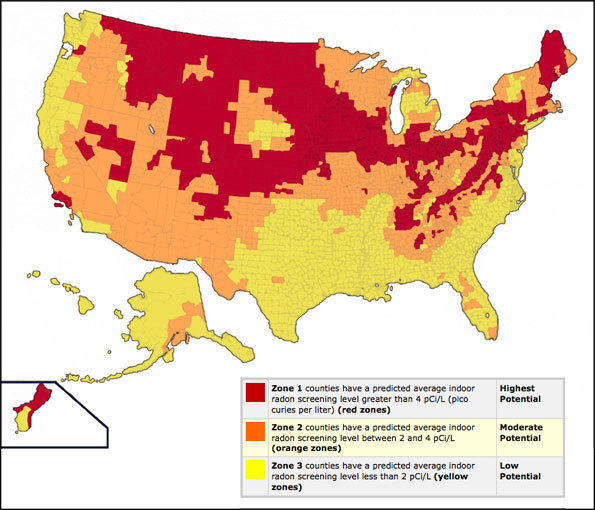 What Is Ionizing Radiation?
What Is Ionizing Radiation?
Ionizing radiation is a highly energetic and potentially harmful form of radiation. It consists of electromagnetic waves with extremely short wavelengths—such as cosmic rays, X-rays, gamma rays, and radioactive fallout—as well as subatomic particles like electrons, protons, neutrons, and alpha particles. This type of radiation is capable of depositing significant amounts of localized energy into materials it passes through, including living tissue. That energy is strong enough to knock electrons out of atoms, a process known as ionization, and can also break chemical bonds.
This disruption has serious biological implications. As ionizing radiation penetrates cells in the human body, it interacts unpredictably with molecules, creating ions, free radicals, and various molecular changes. These interactions can lead to cellular damage, genetic mutations, or cell death. Although any molecule within a cell may be affected, DNA is the most critical biological target, since damage to genetic material can result in long-term effects like cancer or hereditary mutations.
Exposure to ionizing radiation is measured in millisieverts (mSv) using instruments such as a Geiger counter. The severity of exposure and potential health risks depend on the type of radiation, the duration of exposure, and the part of the body affected.
Radon: A Hidden Threat In Homes
One significant and often overlooked source of ionizing radiation is radon gas. Radon is a naturally occurring radioactive gas formed from the breakdown of uranium in soil, rock, and groundwater. It is invisible, odorless, and tasteless, making it impossible to detect without specialized testing. Despite its elusive nature, radon poses a serious health risk.
In fact, according to the Government of Canada, radon is the number one cause of lung cancer in non-smokers and the second leading cause overall. It typically enters homes through cracks in the foundation, as well as through other openings such as construction joints, gaps around service pipes, support posts, window casements, floor drains, sumps, and wall cavities. The pressure difference between the indoor and outdoor air essentially sucks radon gas into the house from the ground.
 This issue is becoming increasingly common in residential areas across North America, where more people are testing their homes for radon as awareness grows. The good news is that homeowners can easily assess radon levels using a radon monitor or a radon test kit. The most accurate method, particularly for real estate or insurance purposes, is to use a long-term radon test kit, which measures levels over several months and is then analyzed by a certified laboratory. In Canada, Radon is measured in Becquerels per cubic meter (Bq/m³). Health Canada recommends taking action if radon levels exceed 200 Bq/m³. In the United States, Radon is measured PicoCuries per liter (pCi/L). The U.S. Environmental Protection Agency (EPA) recommends action if indoor radon levels are at or above 4.0 pCi/L.
This issue is becoming increasingly common in residential areas across North America, where more people are testing their homes for radon as awareness grows. The good news is that homeowners can easily assess radon levels using a radon monitor or a radon test kit. The most accurate method, particularly for real estate or insurance purposes, is to use a long-term radon test kit, which measures levels over several months and is then analyzed by a certified laboratory. In Canada, Radon is measured in Becquerels per cubic meter (Bq/m³). Health Canada recommends taking action if radon levels exceed 200 Bq/m³. In the United States, Radon is measured PicoCuries per liter (pCi/L). The U.S. Environmental Protection Agency (EPA) recommends action if indoor radon levels are at or above 4.0 pCi/L.
1 pCi/L = 37 (Bq/m3)
1 Bq/m³ = 0.027 pCi/L
Understanding and testing for radon is essential for protecting household health, especially since exposure often occurs unknowingly over extended periods. For more information on regional radon concentrations, you can consult radon maps available for both Canada and the United States below, which identify high-risk areas where testing is strongly recommended.


Source: https://www.nationalradondefense.com/radon-information/radon-map.html

